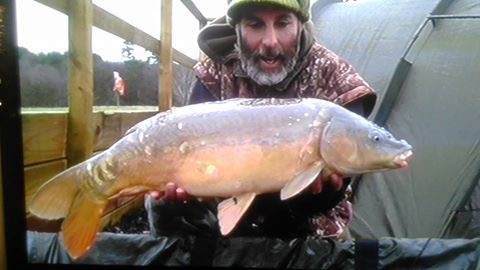
Bruce Julian banked 11 fish up to 23lb 10oz in a 48hours session from the dam wall on Lodge lake using Mainline milky toffee pop ups and almond goo this was in a 48 hour session.
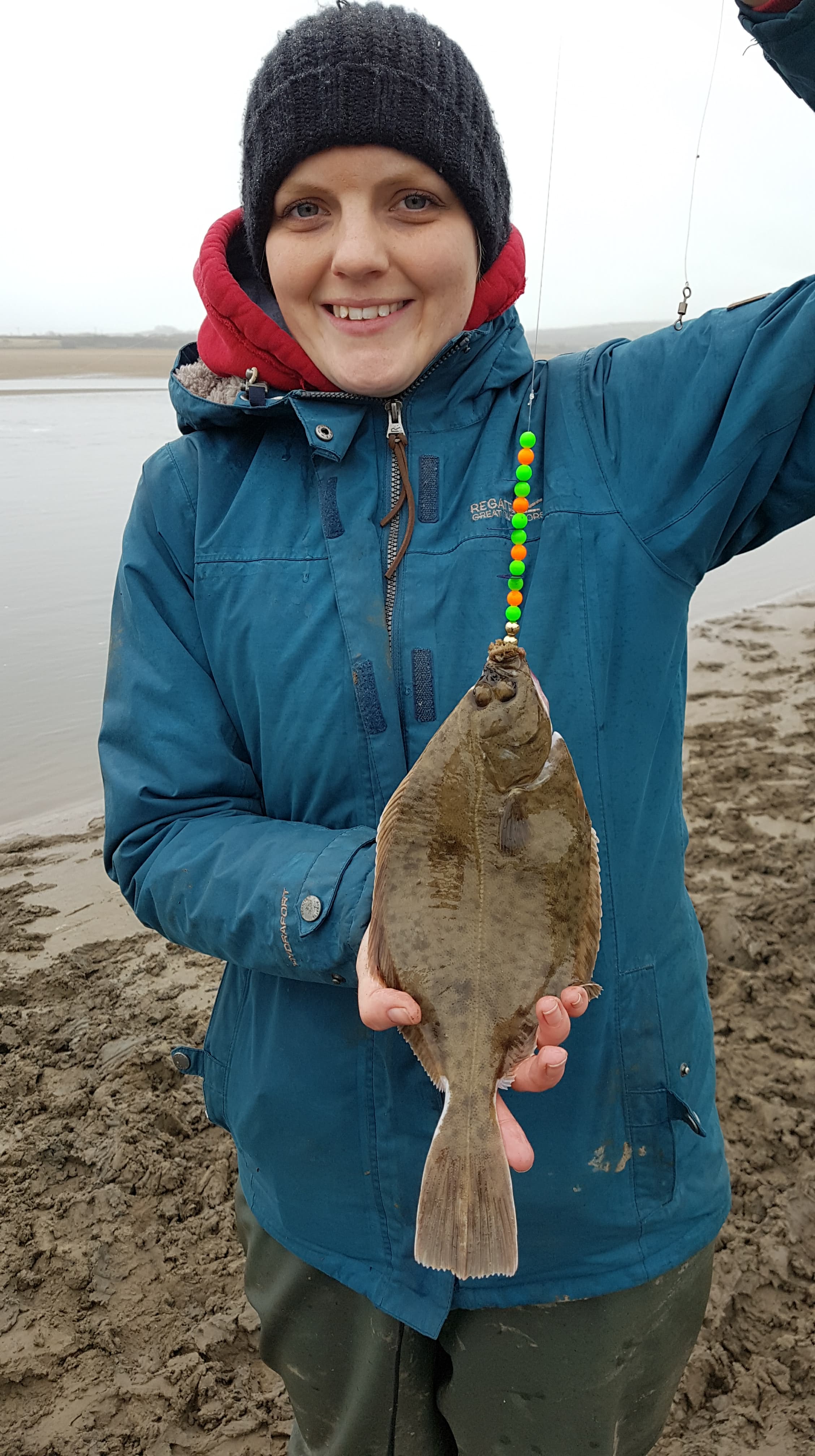
Ragworm have been hard to dig this year which may have contributed to a slightly lower than normal attendance of twenty six in Appledore Shipbuilders Christmas Competition. Fishing was steady with only two members not being able to tempt a flounder and 55 fish brought back to the scales with the majority returned after being weighed. The winner of this year’s competition and taking home the trophy and the XL turkey was Terry Dymond who caught a fine flounder of 1lb 12, the runner up was Theresa Babb who pushed Terry close with a 1lb 11 1/8ozs, in third was David Langbridge with a flounder of 1lb 10 1/4ozs. Best fish by a Junior was Chelsea Babb with a flounder of 1lb 9 3/8ozs.
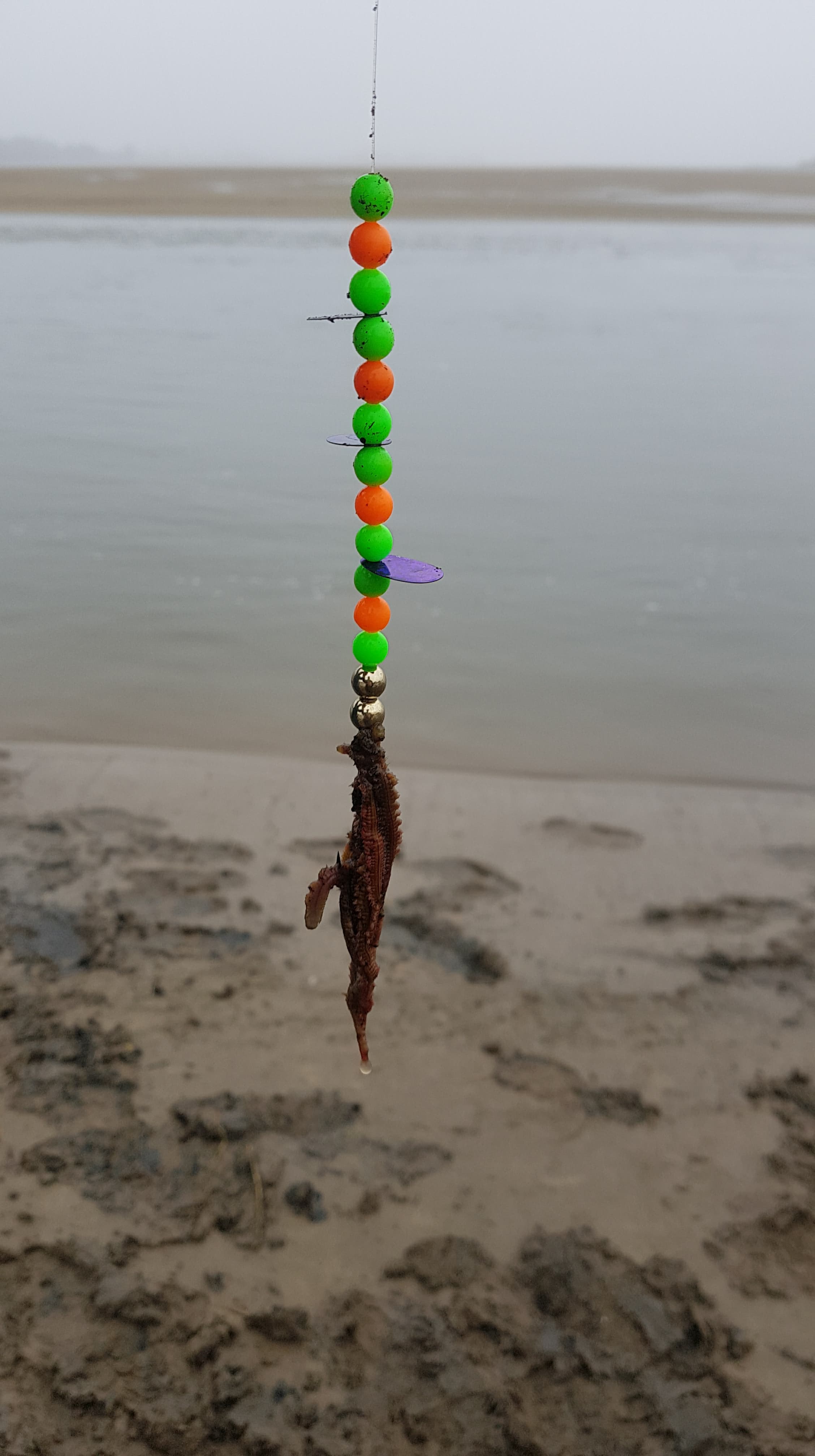
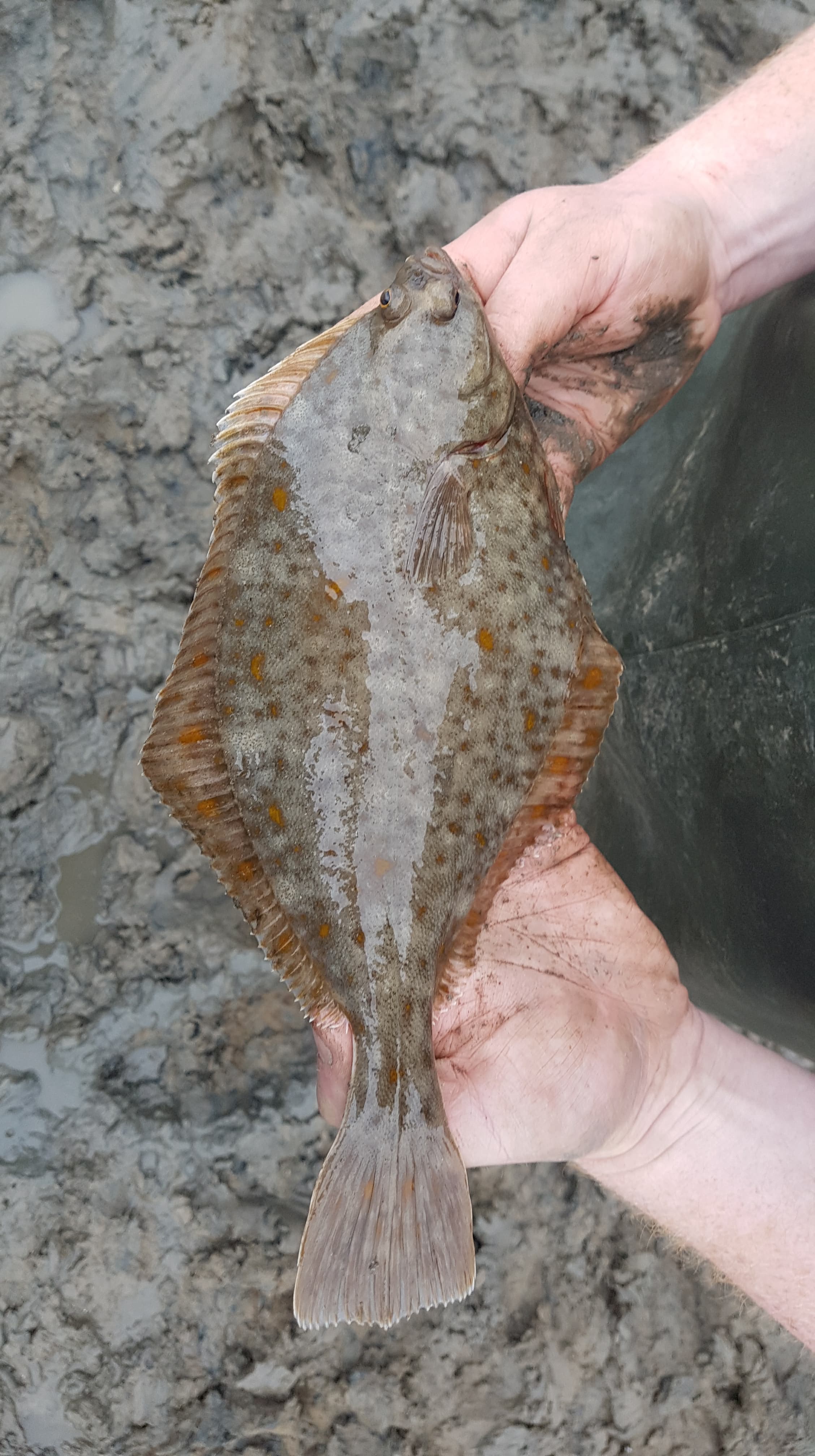
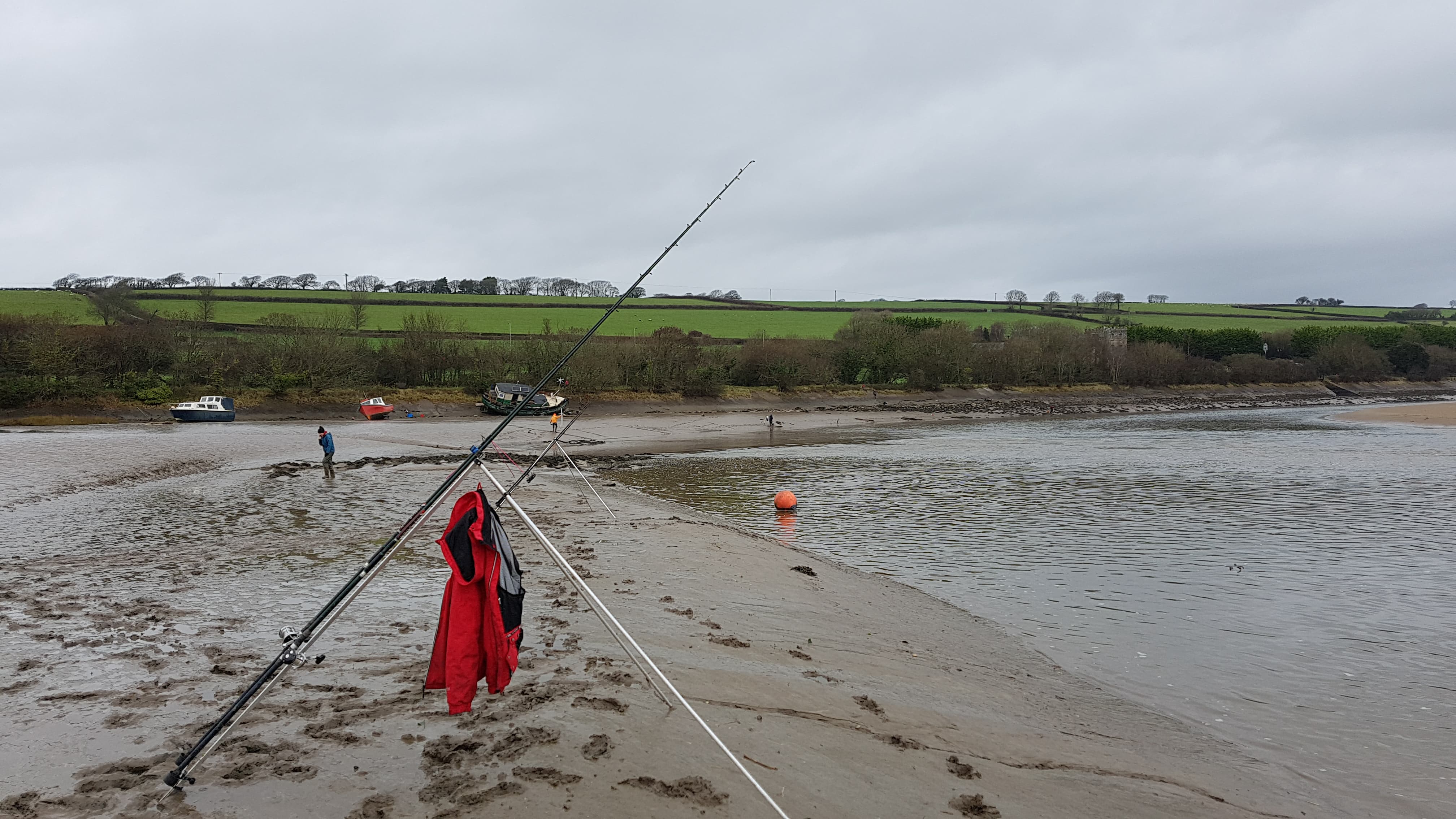
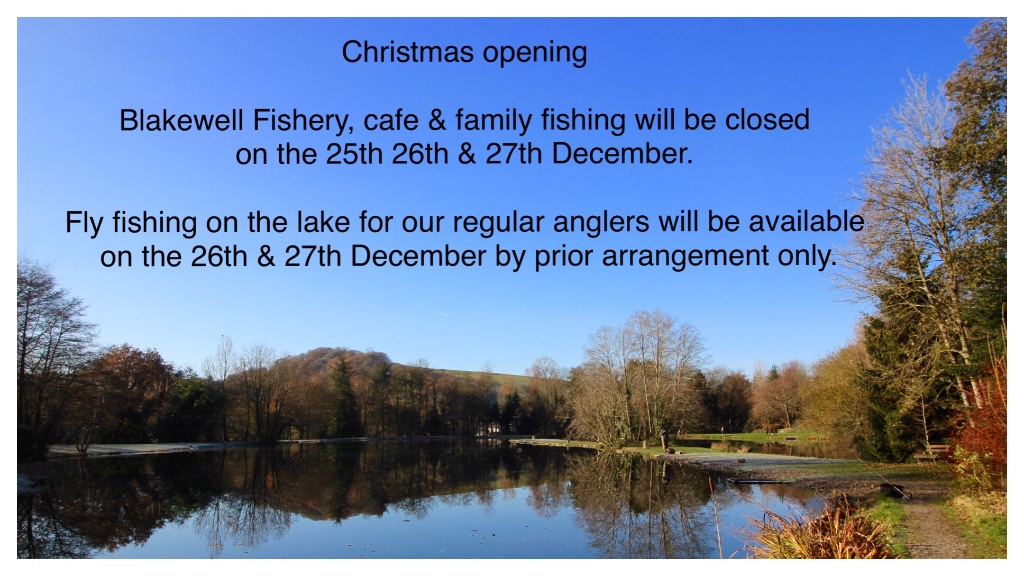
 http://www.blakewell.co.uk
http://www.blakewell.co.uk
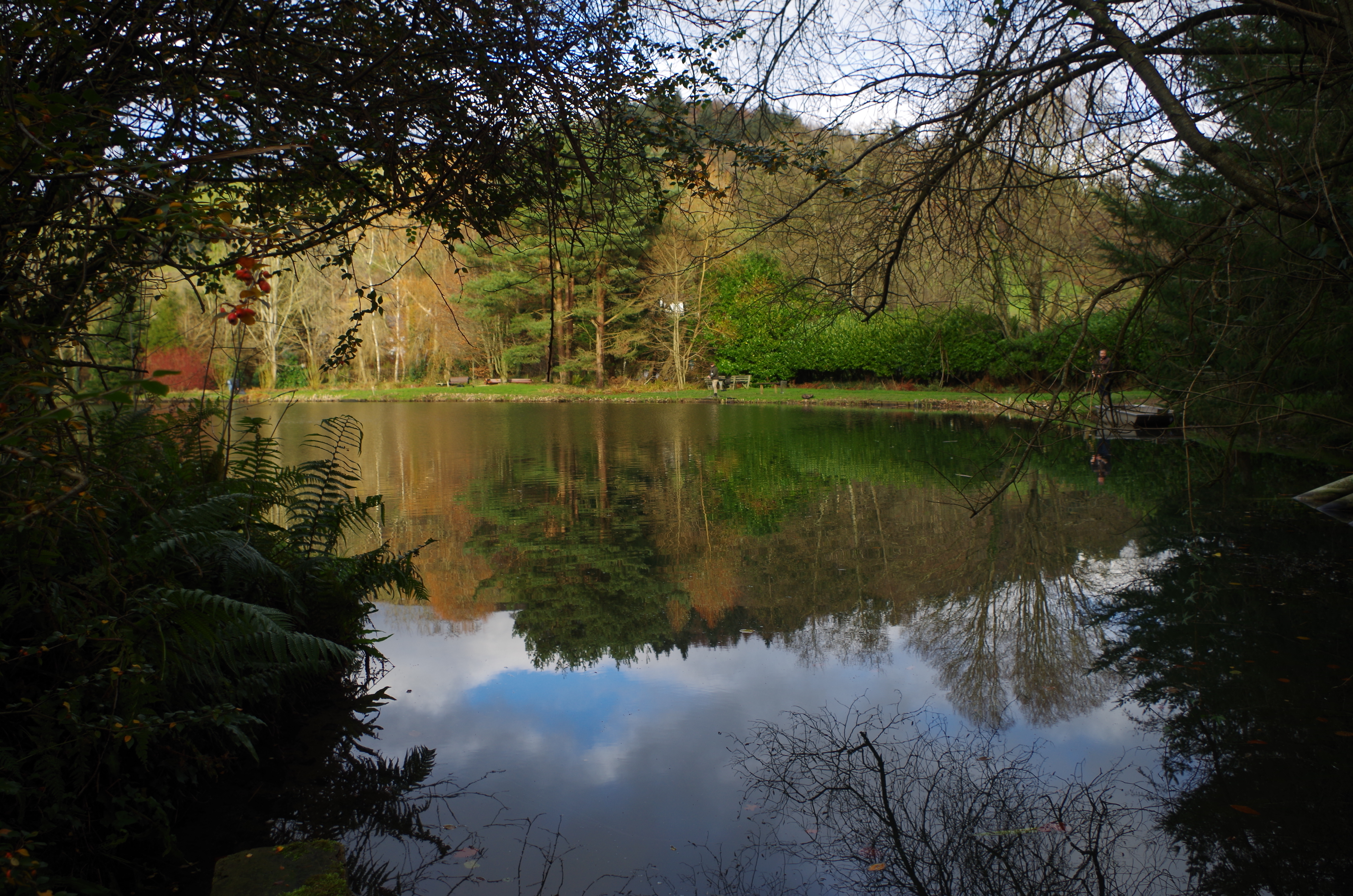
Thirty of Blakewell Fisheries regular customers gathered to fish the eagerly anticipated Christmas Competition and they were not to be disappointed as several tackle testing trout were hooked and landed. It was frantic action at the start of the competition with many anglers hooking trout on their first cast of the day. This fast and furious action of course eased off after an hour as the presence of thirty anglers casting into the clear water deterred the trout from feeding. Most anglers ended the day with their limit bag of six fish with an average weight of well over 3lb.
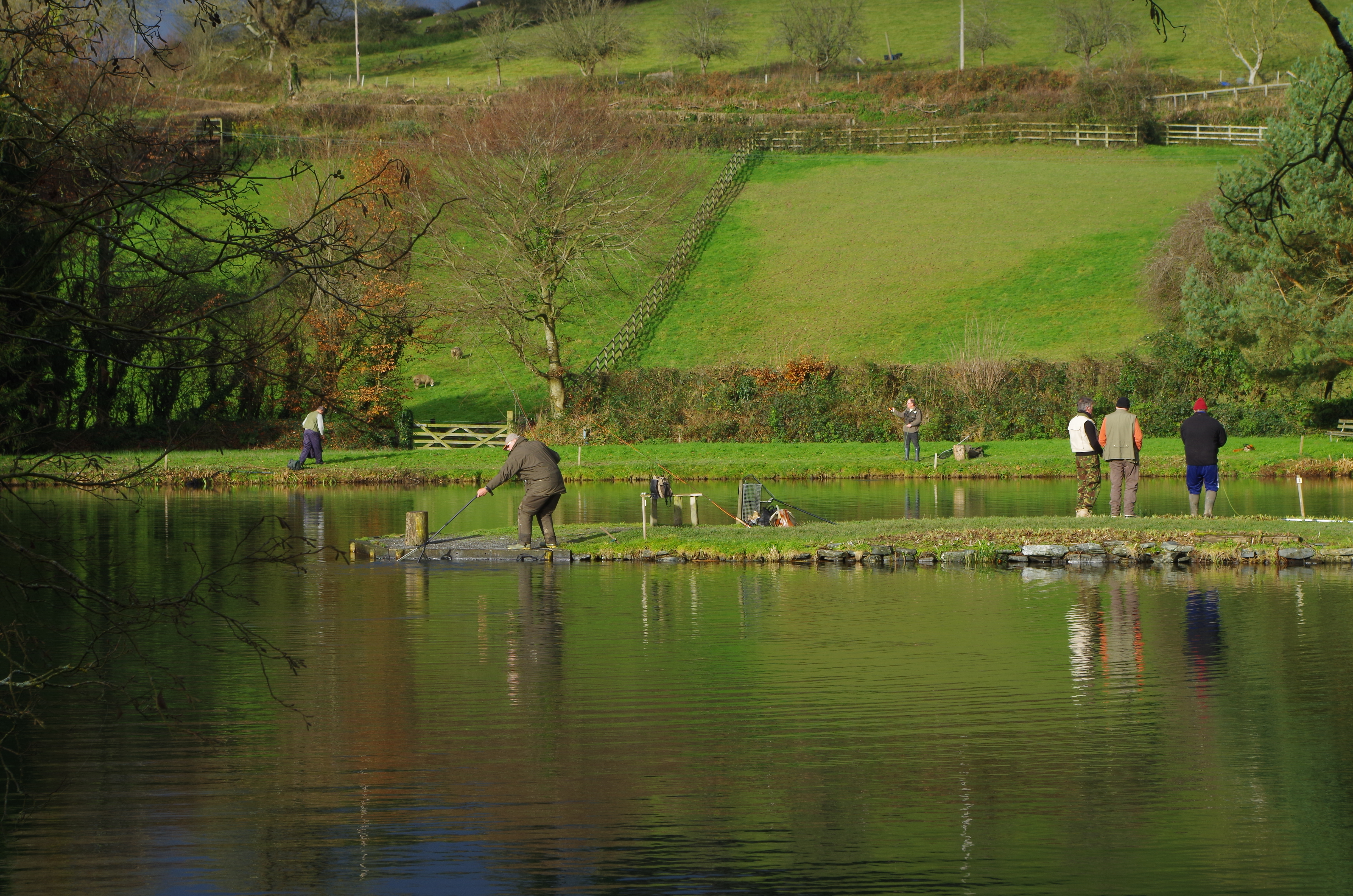
Trout were tempted using a wide range of flies and lures with damsel nymphs and cats whiskers amongst the most successful. Conditions really couldn’t have been any better with an overcast start to the day and mild conditions considering the time of year. As always the event was very much a social affair with many anglers setting their rods aside after landing their quota to chat with fellow anglers and compare notes.
The competition was punctuated by a welcome plate of chilli-con-carne cooked by the venues resident chef Richard Nickel who worked very hard with his assistant from the Blakewell Team Mia Bryant to play the perfect hosts to the anglers.
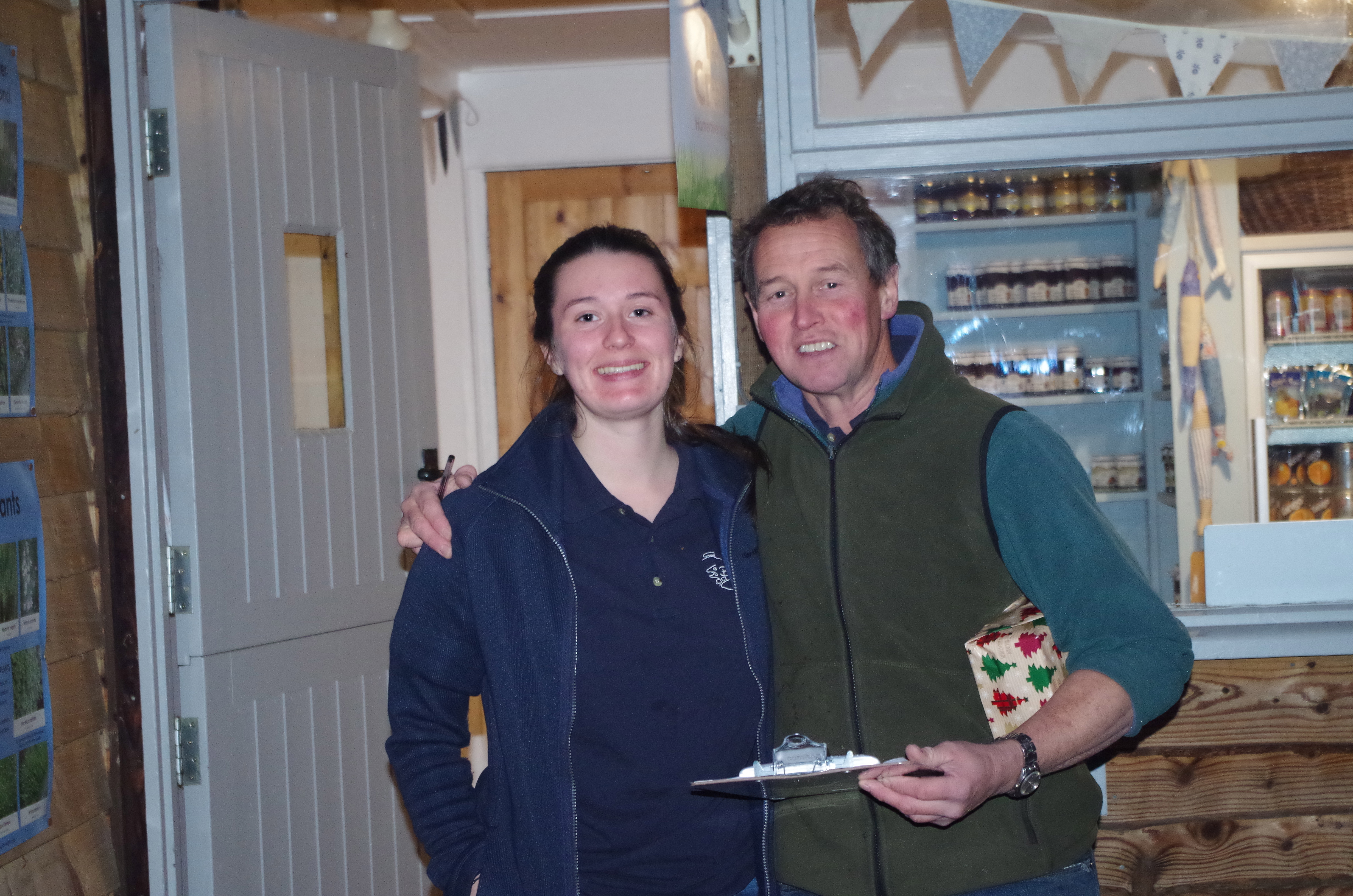
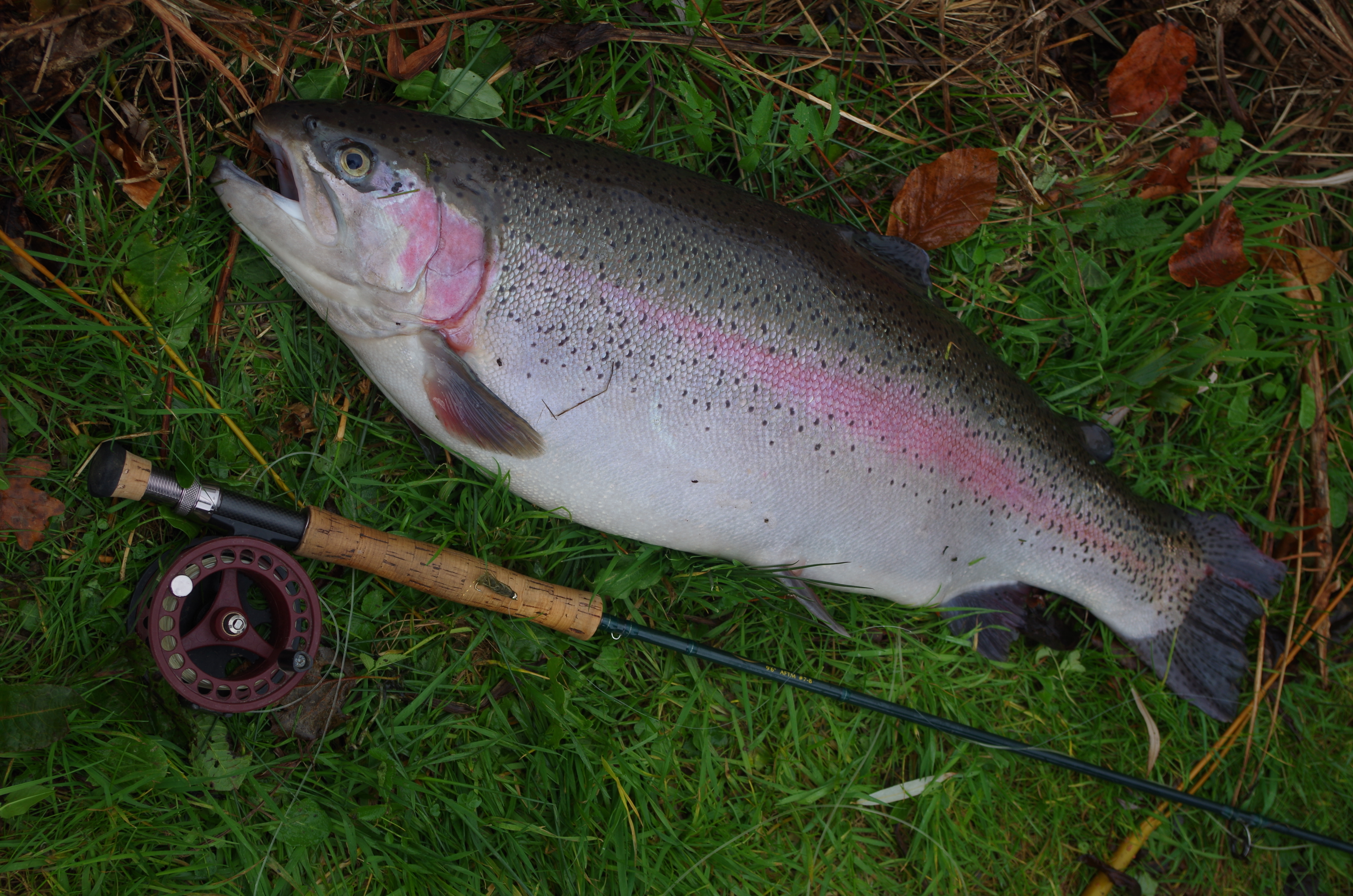
(Above) A fine rainbow of 15lb 13oz
Results –
1st – James Burdus – six fish for 33lb 14oz
2nd – John Buxton – Six fish for 31lb 2oz
3rd – Peter Furze – Six fish for 29lb 4oz
4th – Mike Bowles – Six Fish for 27lb 9oz
5th – John Sheppard – Six fish for 26lb 4oz
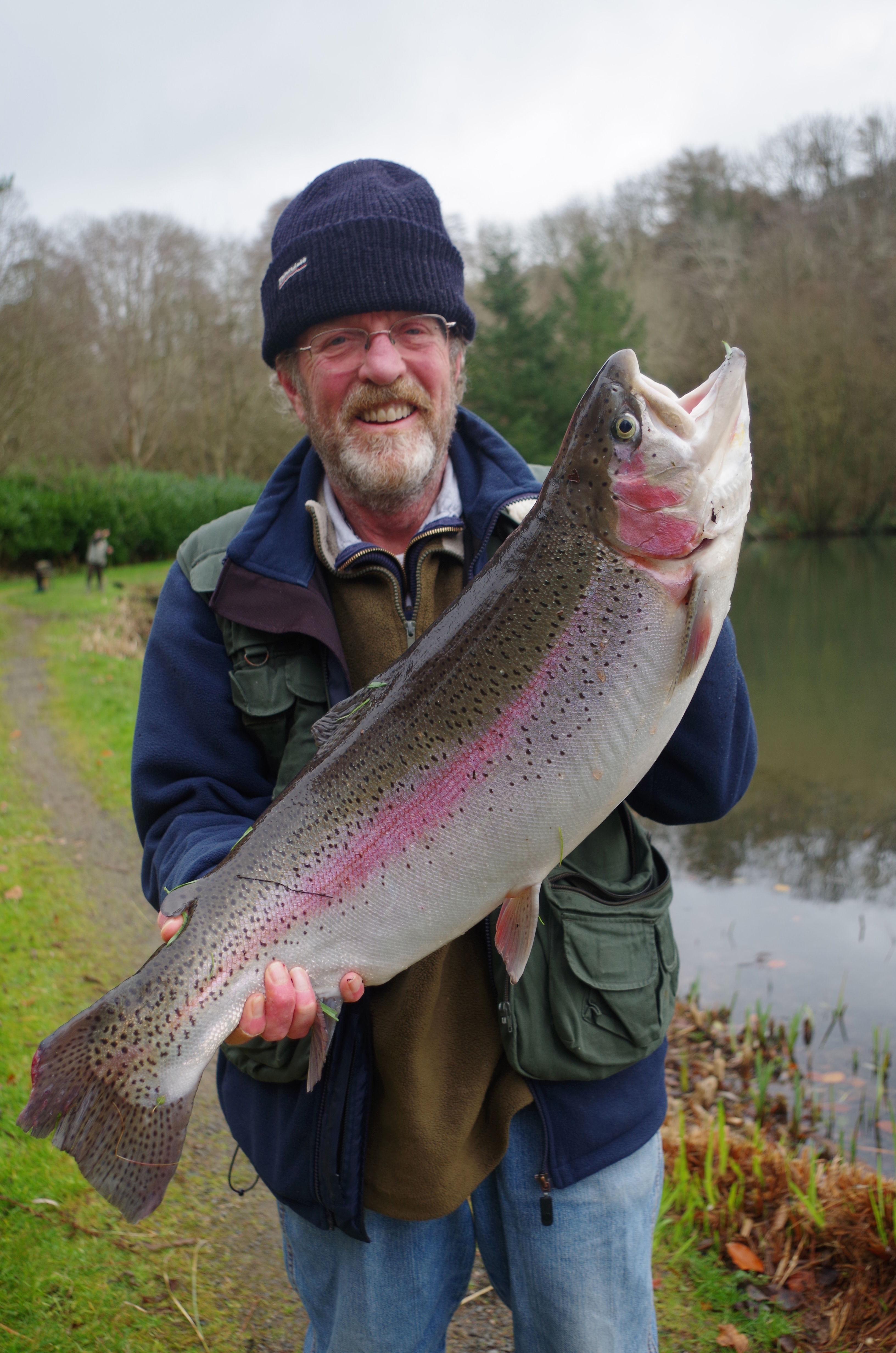
(Above) James Burdus – rainbow trout 15lb 13oz
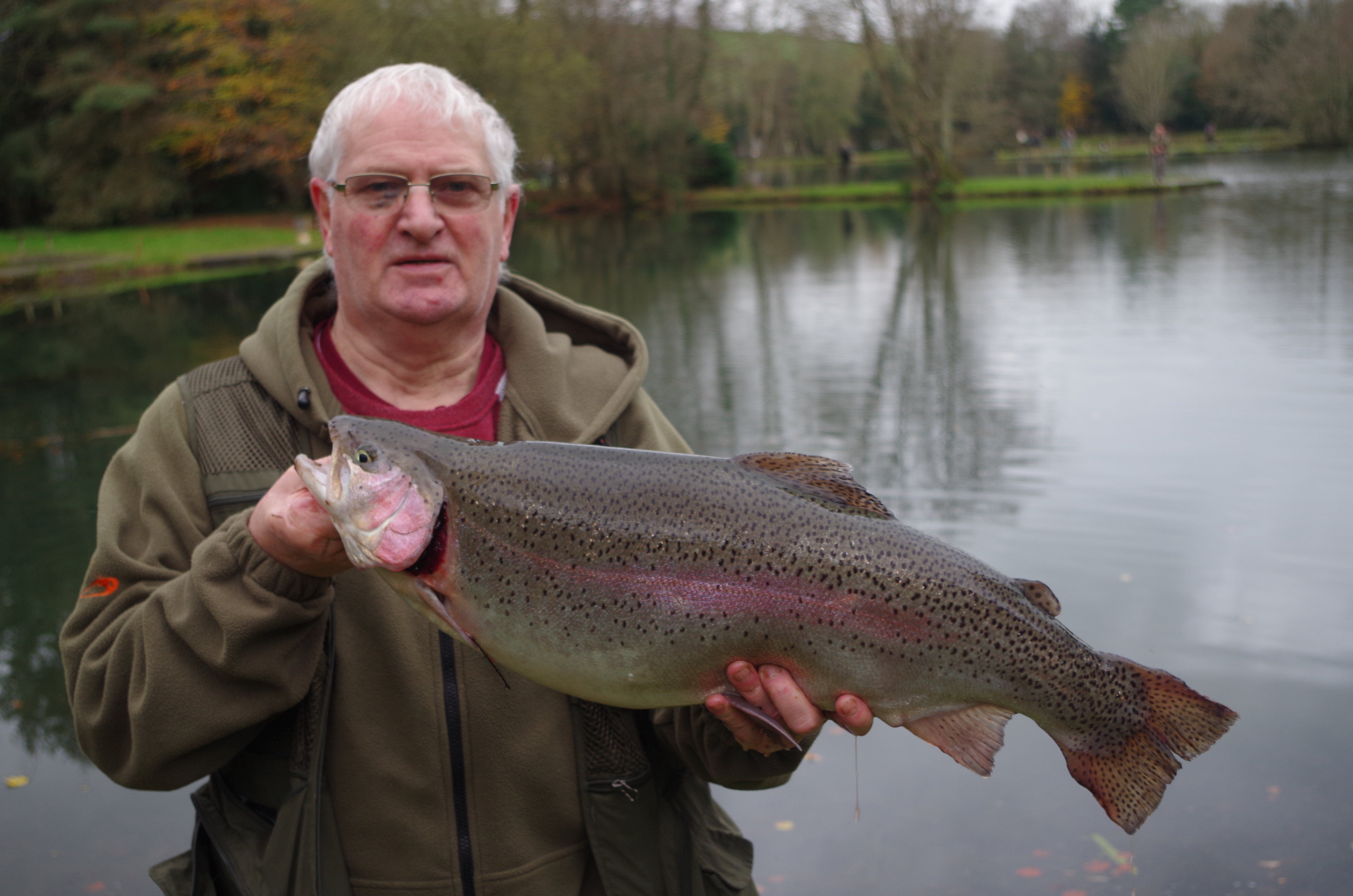
(Above) John Buxton – Rainbow Trout 13lb 5oz
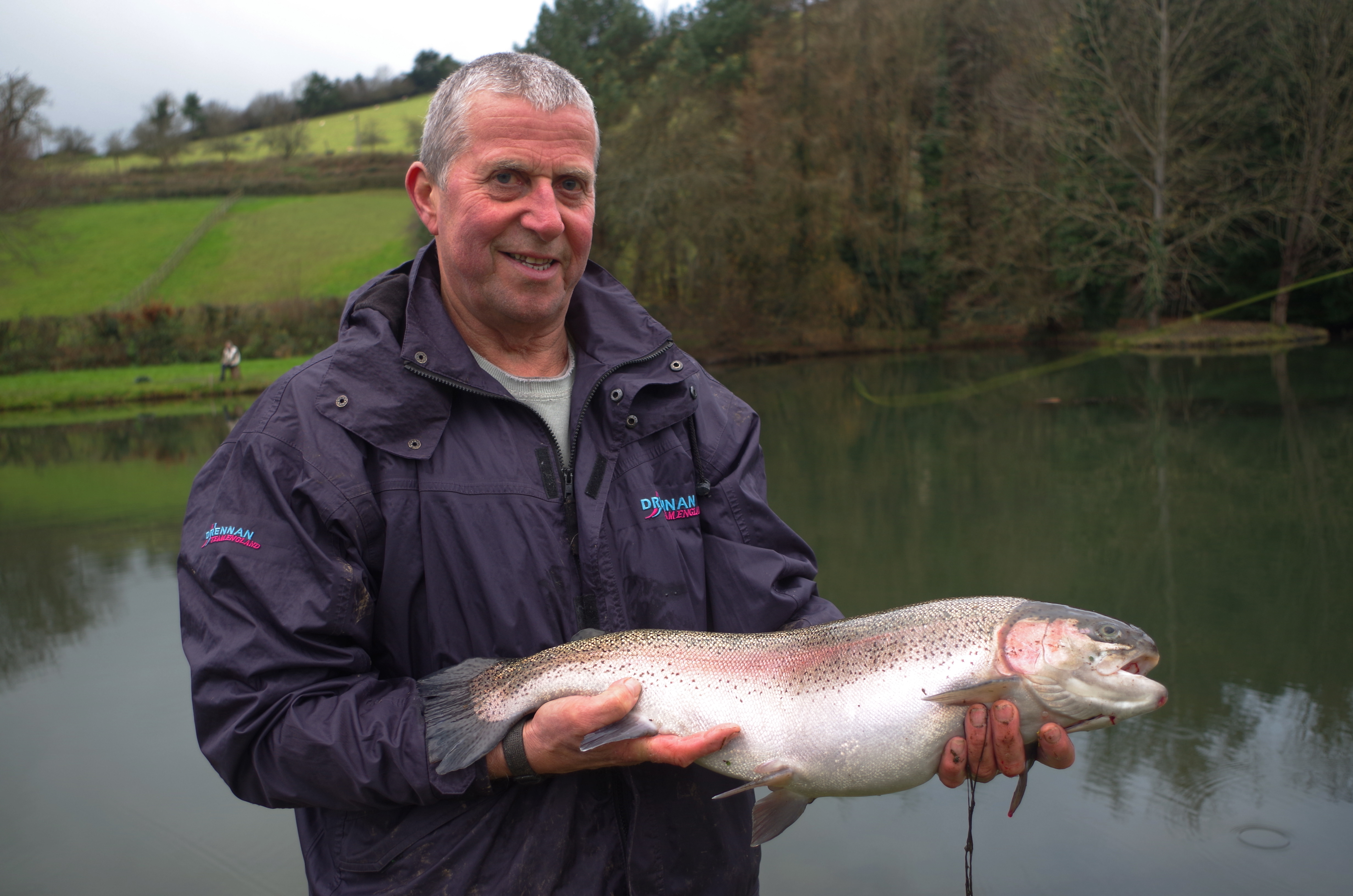
(Above) Peter Furze – rainbow trout 9lb 15oz
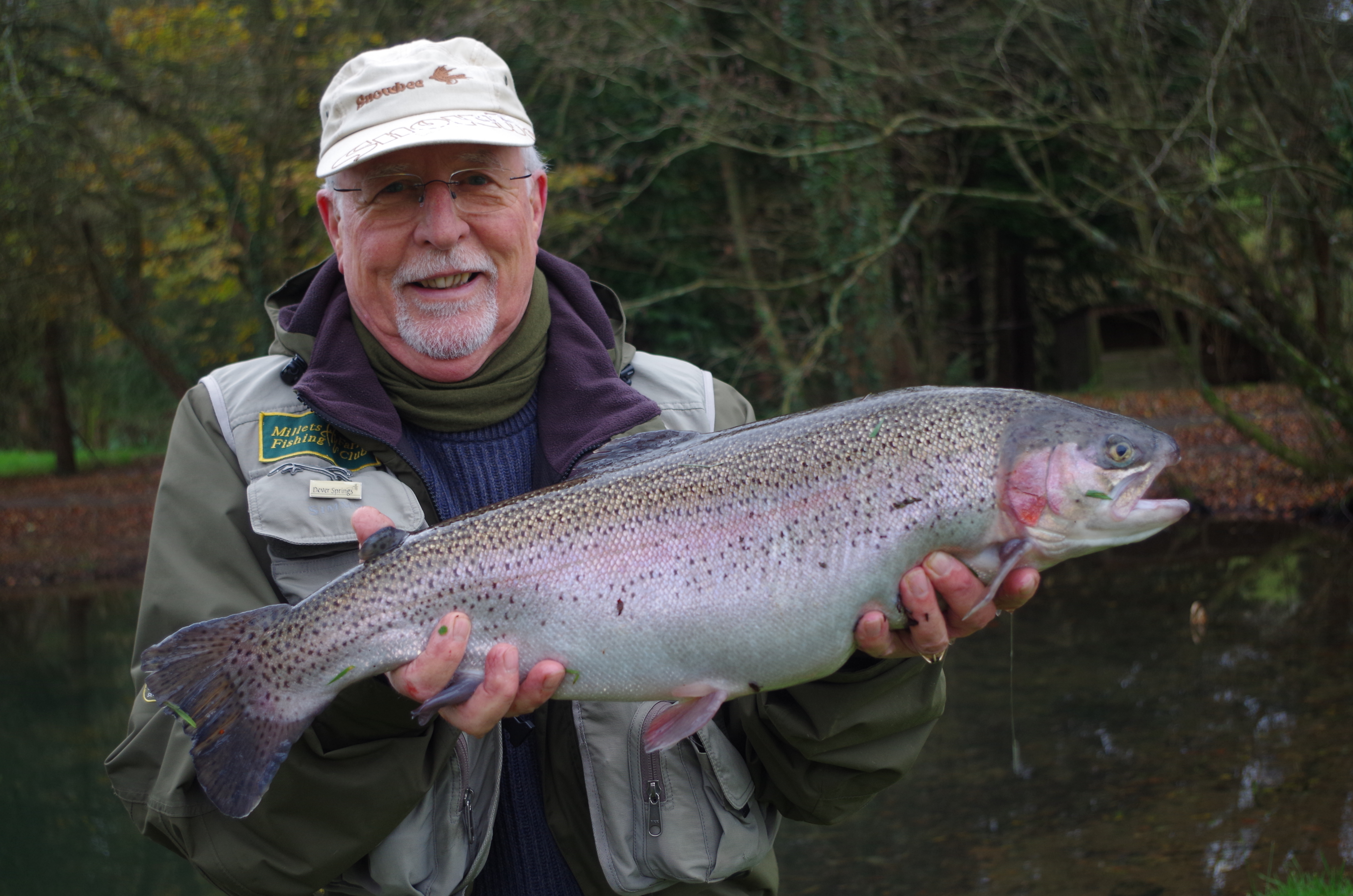
(Above) John Sheppard rainbow trout 9lb 13oz
Two double figure rainbows were landed and two others very close to double figures; in addition there were several tales of the ones that got away! Numerous quality brown trout were also banked including a fine brace of browns weighing 5lb 6oz and 5lb 4oz to the rod of Mike Bowles.
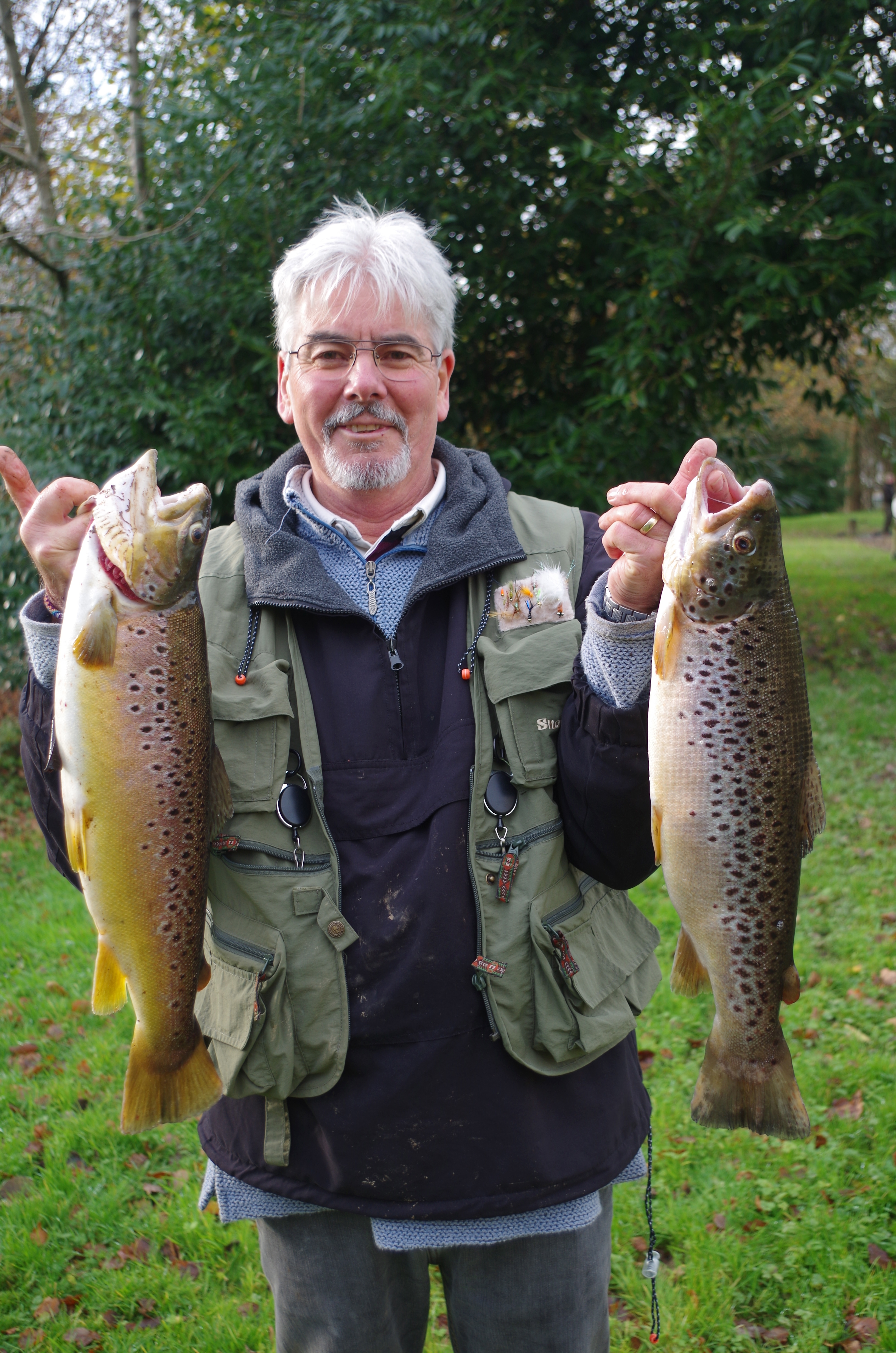
(Above) Mike Bowles with a fine brace of browns weighing 5lb 6oz and 5lb 4oz.
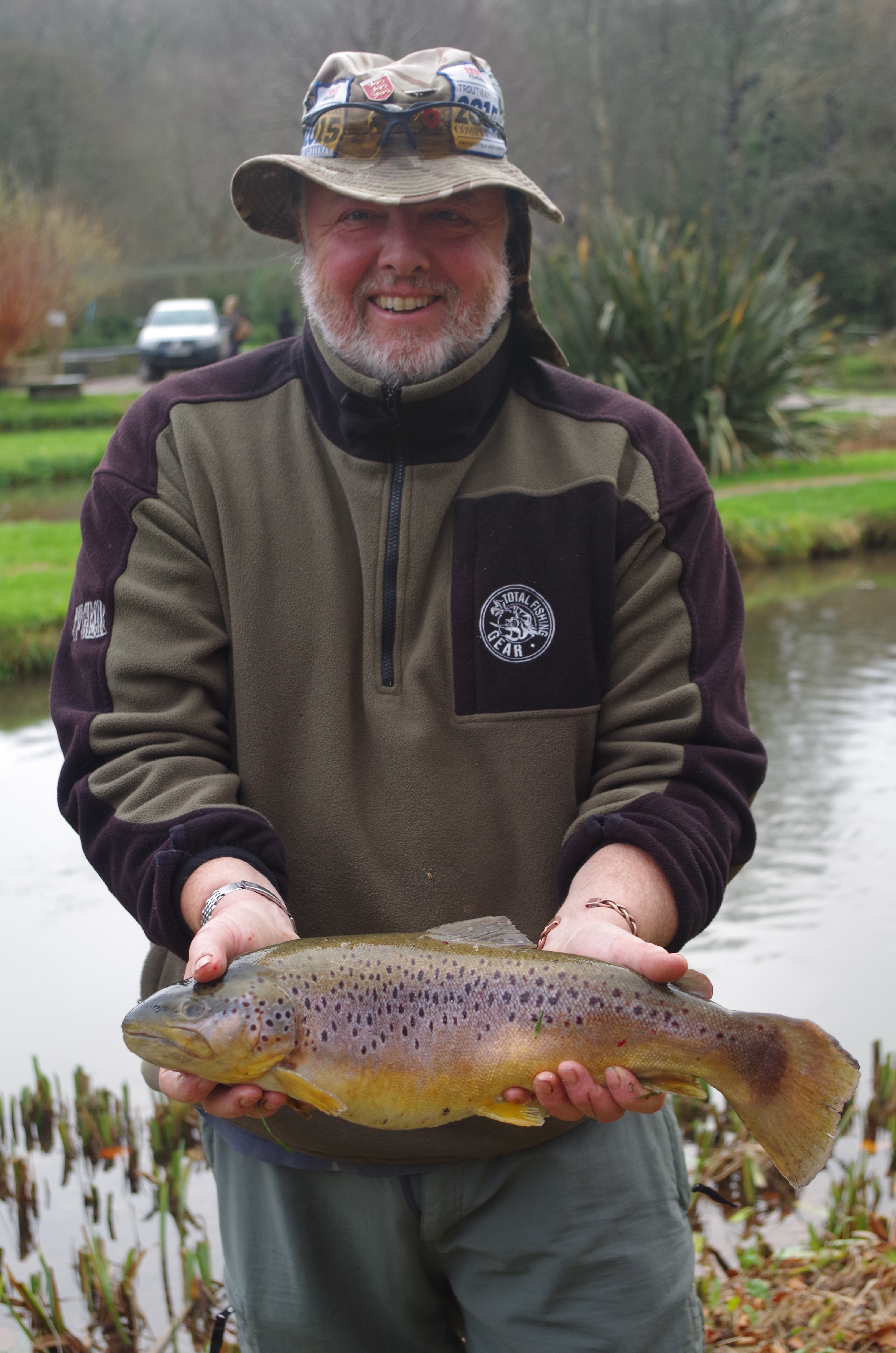
(Above ) Paul Grisley hold a 4lb 8oz brown trout
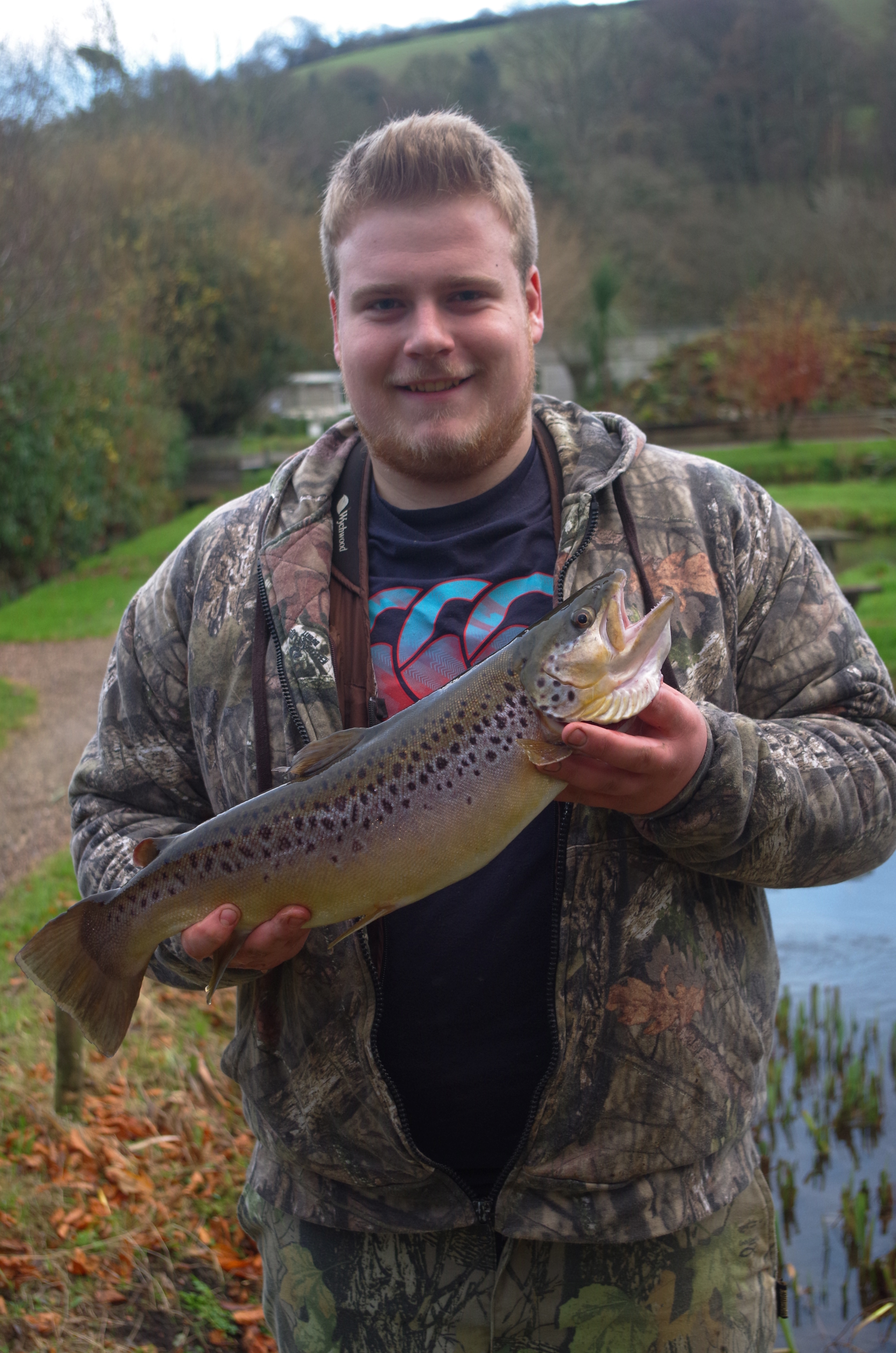
(Above) Ethan Hoggins – with a pleasing brown trout 4lb 6oz
Richard Nickel also gave a fine demonstration on how to fillet trout making it look all too easy. I have to confess that on trying the same technique on my return home I found my results somewhat lacking compared to Richards. My blunt knife probably didn’t help though I feel sure Richard would have produced a more appetizing portion of trout.
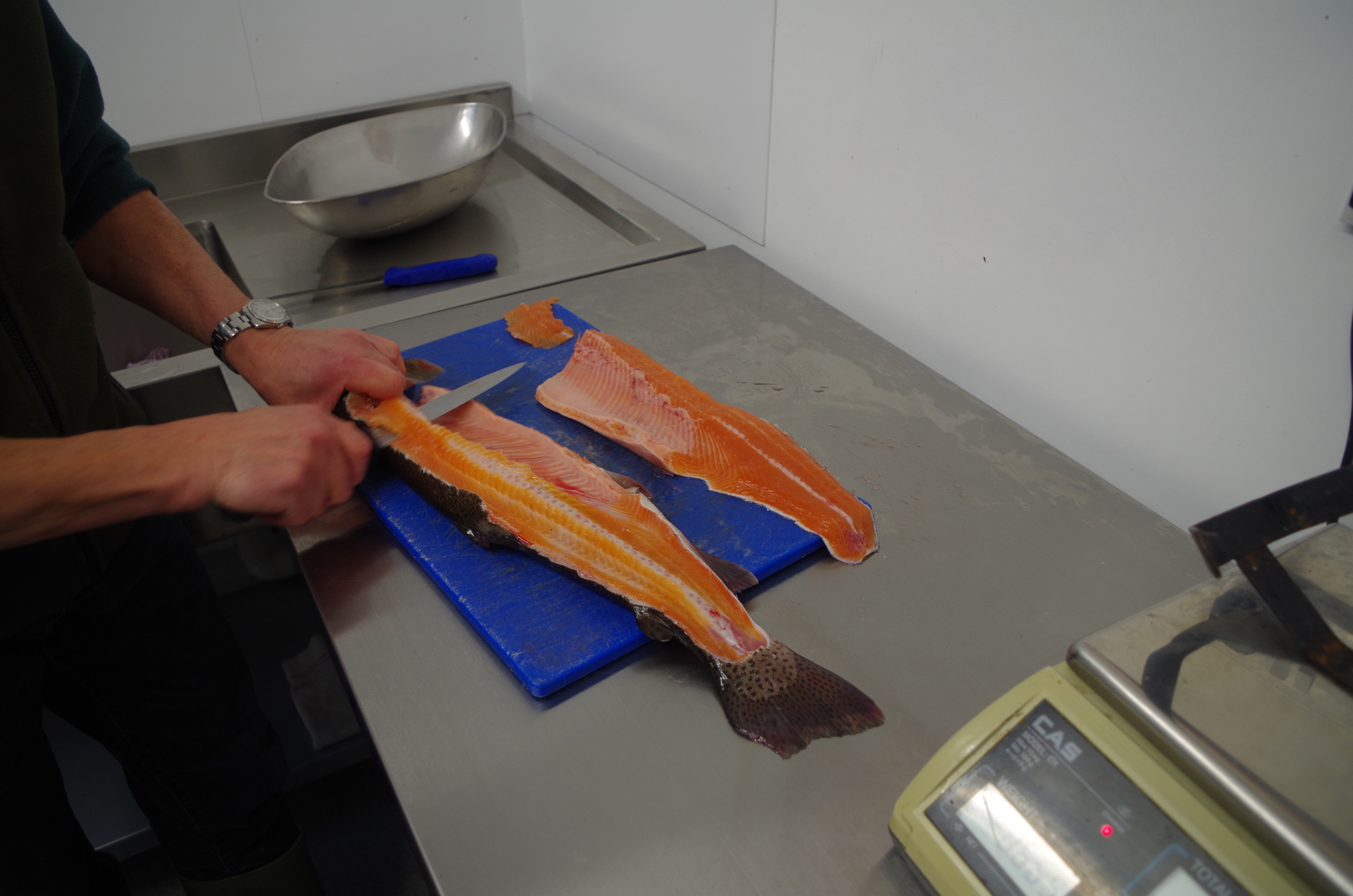
The flounder competition season is in full swing with North Devon Anglers enjoying sport on both the Taw and Torridge Estuaries. Mark Beer took top spot in Triple Hook Clubs Flounder Open with a flounder scaling 1lb105/8oz. In runner up spot was John Passmore with a flounder of 1lb 75/8oz.
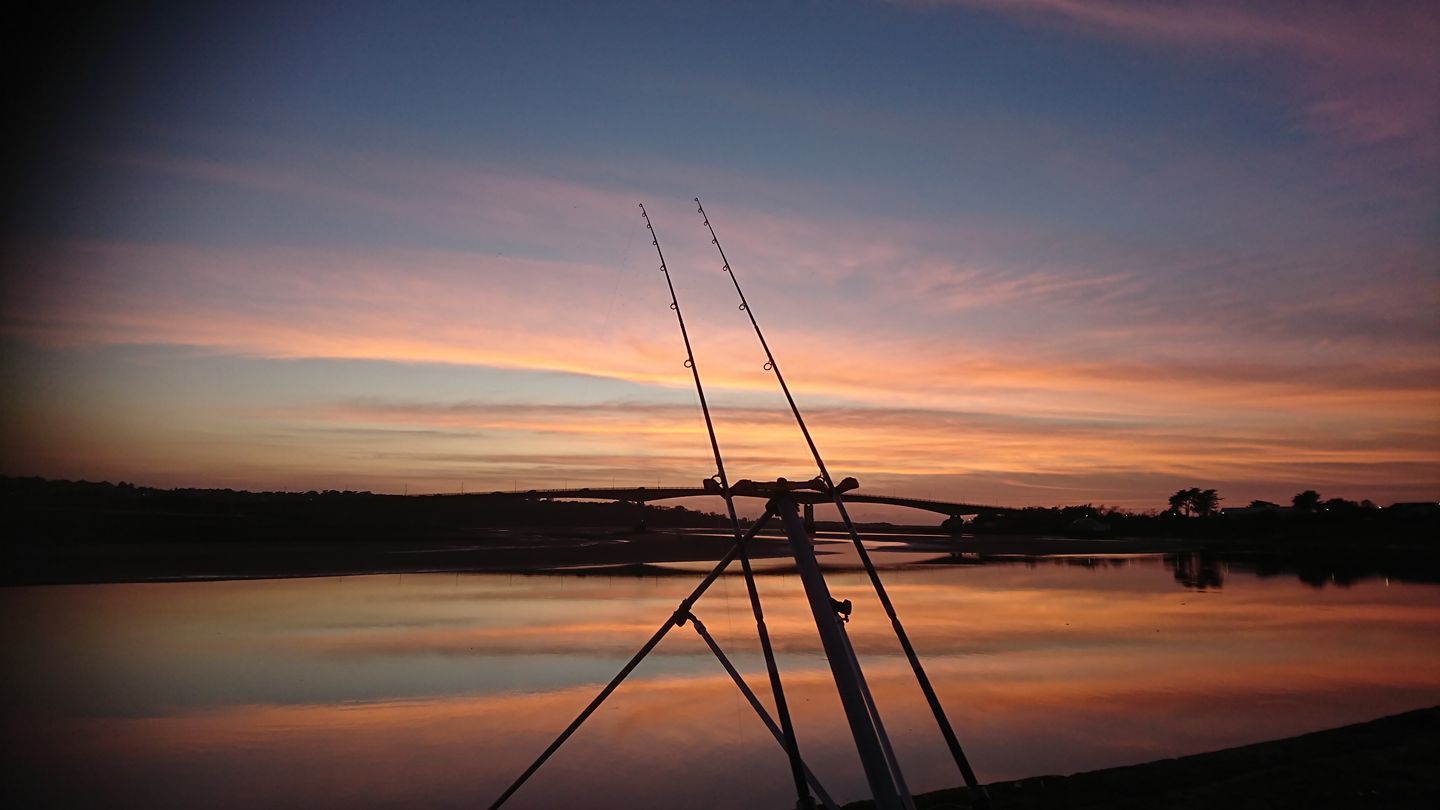
Thirty-Seven anglers braved the weather to compete in Bideford Angling Clubs Cyril Petherick Memorial Competition, Congratulations to junior angler Tommy Taylor who caught the biggest flounder of the day a fine specimen of 1lb 14oz. Top senior angler was Robert Bowden with a flounder of 1lb 113/4oz. Second was Darren Short with flattie of 1lb 111/4oz and third Nick Job with a flounder of 1lb 91/2oz. Tommy Taylor also took runner up in the junior section with a flounder of 151/2oz. The pool winner for the flounder closest to 1lb 4oz was Darren Burslem with a flounder of 1lb 31/4oz.

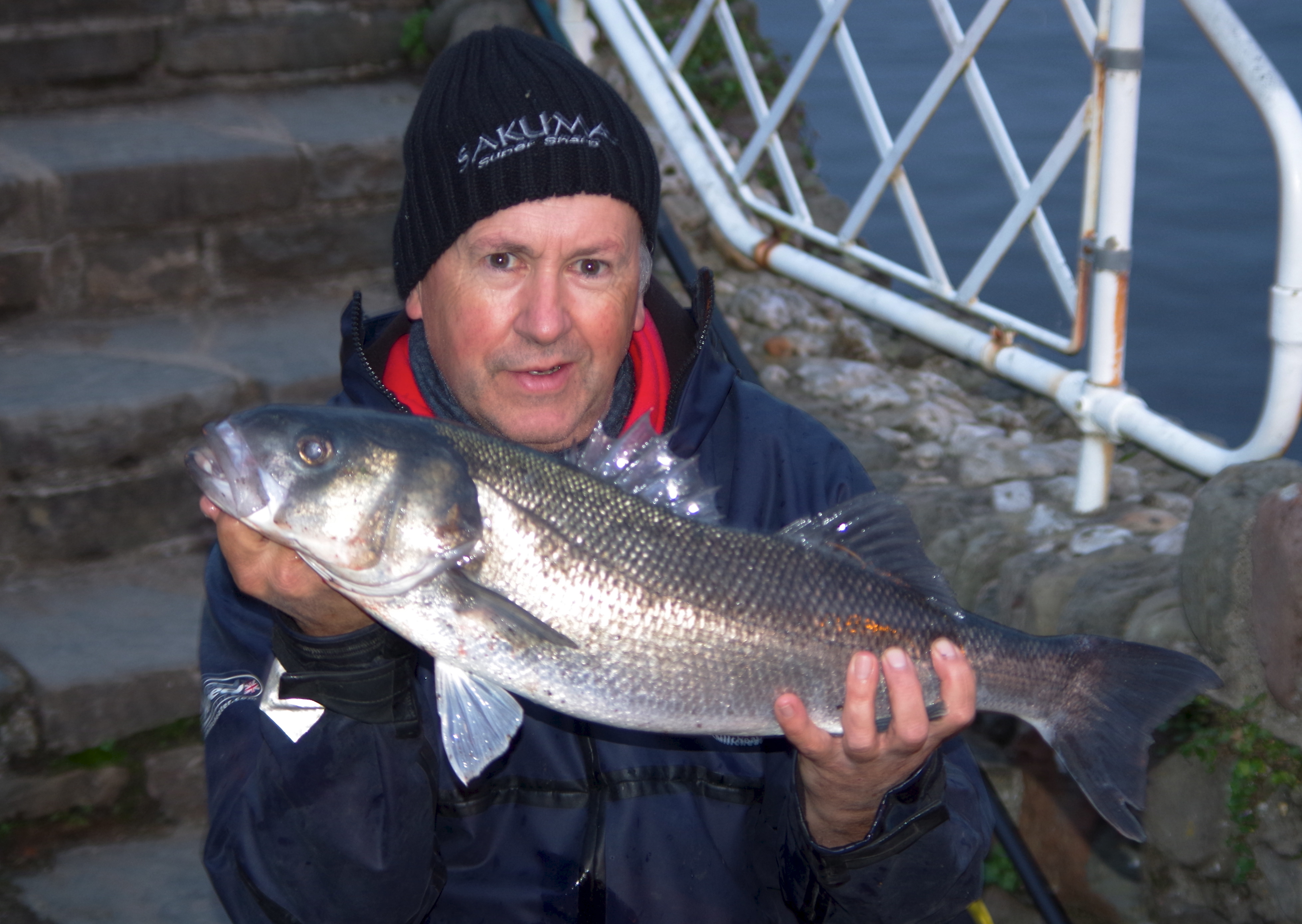 New proposals from the European Union Commission would have a devastating impact on recreational bass fishing. Now is the time for anglers to make their voices heard. Whilst angling’s representative bodies do a great deal of work to represent anglers its is surely imperative that individuals also make their views known. There are plenty of keyboard warriors on Facebook and the like who rant and condemn saying that speaking up is a waste of time. How many of these have written to their MP? Below is a letter I have sent to our local MP. I suggest that those who care about their bass fishing do the same.
New proposals from the European Union Commission would have a devastating impact on recreational bass fishing. Now is the time for anglers to make their voices heard. Whilst angling’s representative bodies do a great deal of work to represent anglers its is surely imperative that individuals also make their views known. There are plenty of keyboard warriors on Facebook and the like who rant and condemn saying that speaking up is a waste of time. How many of these have written to their MP? Below is a letter I have sent to our local MP. I suggest that those who care about their bass fishing do the same.
Peter Heaton-Jones MP
Member of Parliament for North Devon
House of Commons
London
SW1A 0AA
01271 327990
Dear Peter Heaton-Jones
I have been a keen and dedicated angler for over fifty years and whilst I fish for a wide range of species I have enjoyed fishing for bass in North Devon’s coastal waters for most of my adult life.
I am Chairman of Combe Martin Sea Angling Club and run a local website www.northdevonanglingnews.co.uk I have also written an angling column in the North Devon Journal for close to twenty years.
North Devon’s coastline has a rich history as a bass angling destination and recreational sport fishing makes a significant contribution to the local economy. The proposals by the European Union Commission would have a catastrophic impact on coastal tackle shops, charter boats and the holiday trade. The majority of experienced sea anglers already practice catch and release taking just the occasional fish for the table. Anglers are on the whole passionate about the safeguarding of future fish stocks and have campaigned passionately for many decades to restrict commercial exploitation. These proposals would be an injustice that could see angling severely restricted whilst commercial fishing continues.
Many anglers will be furious at these proposals yet will not bother to voice their concerns as they feel that protesting is waste of time. I would urge you to take time to listen and show your support as our local MP.
I have included below a summary of these issues as penned by the Save Our Bass campaign.
Yours Sincerely,
Wayne Thomas
The contents below summarise my concerns regarding the future of bass angling in the UK.
I’m writing to express my serious concerns over the recent proposal by the European Union Commission that that sea anglers should no longer be allowed to retain a single bass caught in 2018 and face a complete ban on even catch & release bass angling for 6 months of the year.
This has sparked outrage amongst angling groups, tackle shops, fishing guides and charter boat skippers, particularly because the Commission is proposing that some forms of commercial fishing should continue and is clamping down hardest on the sector that has had the lowest impact on bass stocks.
Members of the public who enjoy fishing for bass from the shore or from pleasure or charter boats make a significant contribution to hard-pressed coastal economies – estimated by DEFRA to be as much as £200 million a year and far in excess of the value of the commercial fishery. Not only is it ridiculous and utterly unenforceable to suggest that anglers can stop a bass, rather than a pollock or a wrasse from biting on their bait or lure, it is monstrously unfair and completely unenforceable.
As my MP, I would like you to raise these matters in the House of Commons, if possible at the forthcoming Annual Fisheries Debate, and to write to Fisheries Minister George Eustice calling on him to:
The sea angling community and those businesses which it sustains will be most grateful for your support.”
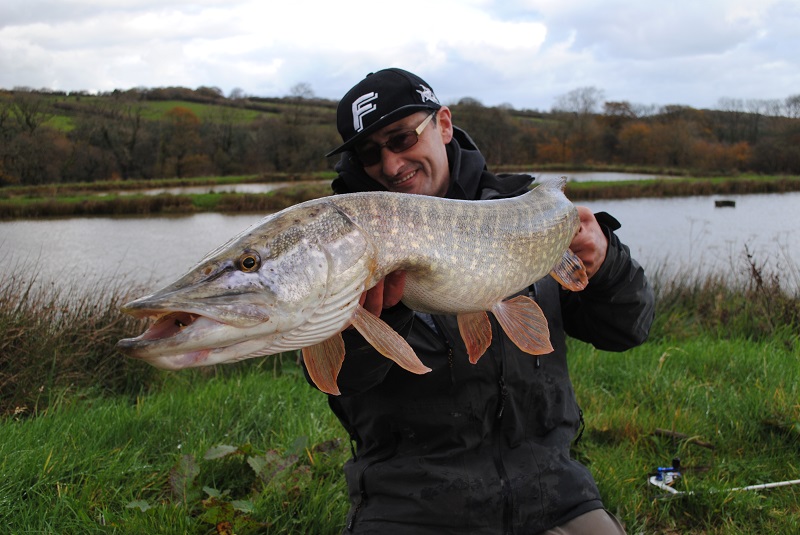
Anglers Paradise just held their annual Lure Weekend which was a great success. Full report from Zenia. The weather was testing, rain, wind and hail but every Angler still stuck it out till the end of the Competition!
There were 20 Lure Anglers that took part and the 4 Teams were Captained by Nathan Edgell from Fladen, David Watkin-Smith from Quantum, Kevin Cox from Fox Rage and David Drake from Drennan. The Competition ran over 2 days of fishing on 4 different Lakes that consisted of our Predator Lake Valhalla, the Specimen Cat Lake, the Trout Lake and the Bottom Cat and Carp Lake at Eldorado of which all Teams fished each Lake in rotation.
In total, there were 11 Pike, 14 Perch, 2 Trout and the 1st ever Anglers Paradise Lure caught Koi and Golden Orfe to come out in the annual Competition, there was also a big Catfish lost, so no Cats were landed this year!
The Winner of the whole Competition was Damon Braxton who caught 3 different Species at a combined length of 108cm, Damon caught a 39.5cm Koi (which is the 1st ever Koi to be caught on a Lure here!) a 10.5cm Rudd and a 58cm Pike. Fladen and Anglers Paradise Sponsored this Event meaning Damon Won a Week’s Holiday for 2 at Anglers Paradise and a huge range of Fladen Predator Tackle, including a Rod, Reel, Lures and Clothing. Damon’s Team Captain was Fladen’s very own Pike King – Nathan Edgell, who was very proud of his Team Member to Win the Competition!
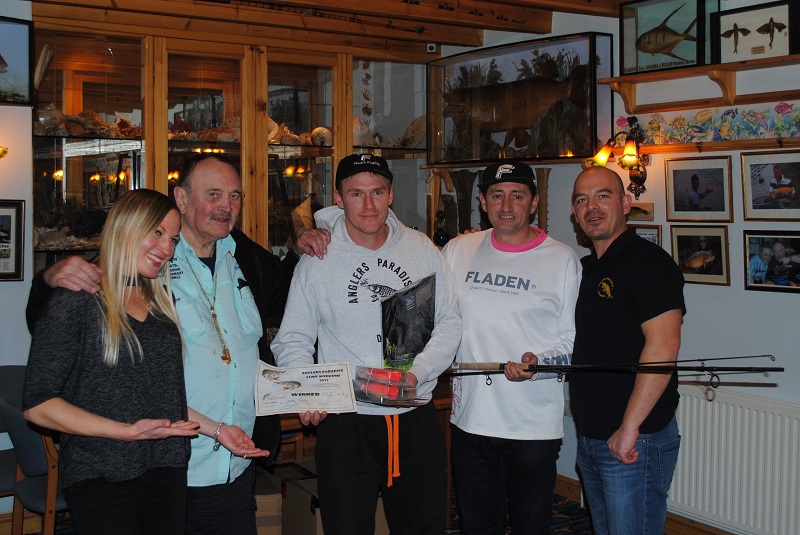
The Runner Up was Lee Paynton who had a Perch and a Pike at a combined length of 92cm, Sponsored by Quantum. Third Place was Tom Wilson who also had a Perch and a Pike with a combined length of 80.5cm, Sponsored by Fladen.
Tom Wilson took the Crown for the Biggest Pike with a respectable 68.5cm Pike from the Specimen Cat Lake, although Nathan Edgell actually caught the Biggest Pike measuring 86cm but as he’s a Team Captain – it doesn’t count!! Tom was in Team Quantum with Captain David Watkin-Smith leading him to Victory! Tom won some pretty special prizes from Quantum including a Spinning Rod, a Spinning Reel, a Specialist Bag, a Rod Guard and other goodies – Thank you so much to Quantum for the amazing Prizes.
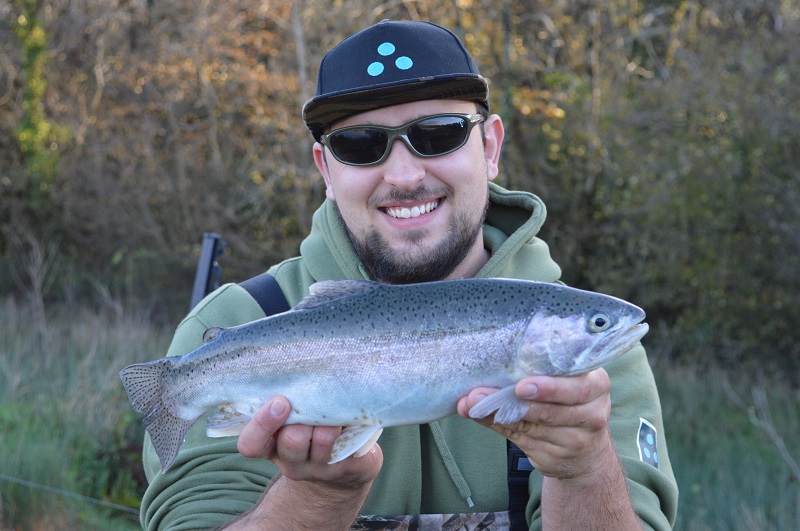
Ben Taylor Won the Biggest Trout Category with a lovely 45cm Rainbow Trout, it was hard going on the Trout Lake all weekend but in the end he and Joe Drury were the only 2 to catch Trout on the last day of fishing!! Ben was in Team Fox with Kevin Cox from Fox as Captain (and Joe Drury as stand in Captain on Sunday) who both gave Ben plenty of tips and inspiration to help him win this title! Ben won a Fox Rage set up of a Rod, a Reel and some Lures – Thank you to Fox Rage for the great prizes and for sponsoring this Category.
Lee Paynton caught the biggest Perch measuring 33cm from the Specimen Cat Lake. Lee was in Team Drennan with the wonderful Dave Drake as his Team Captain, Lee won an absolute superb selection of Drennan Lures – he could start up a new Lure Shop with them!! Special thanks to Drennan for the amazing prizes and for sponsoring this category. This was Lee’s 1st ever Lure Weekend with us, and we are so happy that not only did he win but he also shared with us that he loved every minute and will be back for next year’s Anglers Paradise Lure Weekend!
The Winning Team was Team Fox – which consisted of Jim Williams, Ben Taylor, Bex Nelson and Father and Son Dominic and Dylan Cooke, Captained by Kevin Cox, (with help from Joe Drury as stand in on Sunday) knocking Team Fladen’s Nathan Edgell off his Thrown!! They won with 5 species, Pike, Perch, Rudd, Trout and the winning/deciding fish was a Golden Orfe caught by young Dylan Cooke just 10 minutes before the end of last session!!
